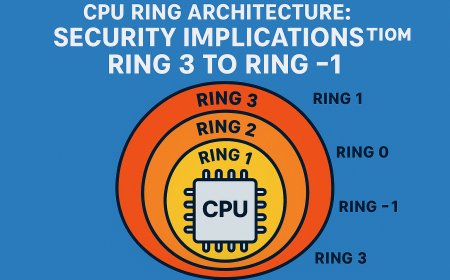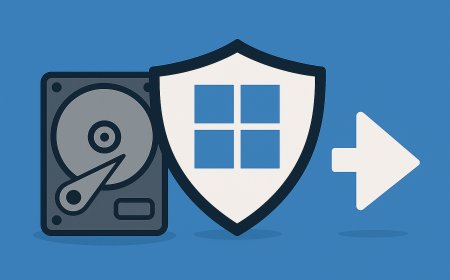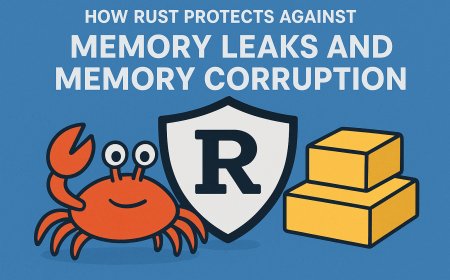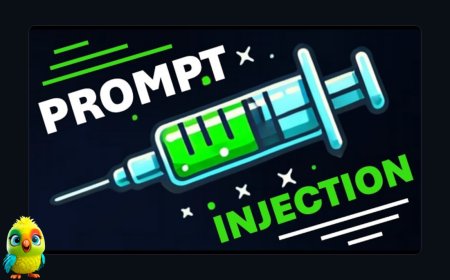Docker vs Podman: Which Container Tool Should You Use in 2025?
In 2025, the battle between Docker and Podman has become one of the hottest debates in DevOps and cloud-native ecosystems. While Docker remains the industry’s most popular container tool, Podman has gained serious traction by offering daemonless architecture, rootless security, and tight integration with Kubernetes. Choosing between them depends on whether your priority is simplicity and ecosystem support (Docker) or security and enterprise-grade Kubernetes alignment (Podman). This blog breaks down their key differences, real-world use cases, and helps you decide which container tool is right for your 2025 workflows.
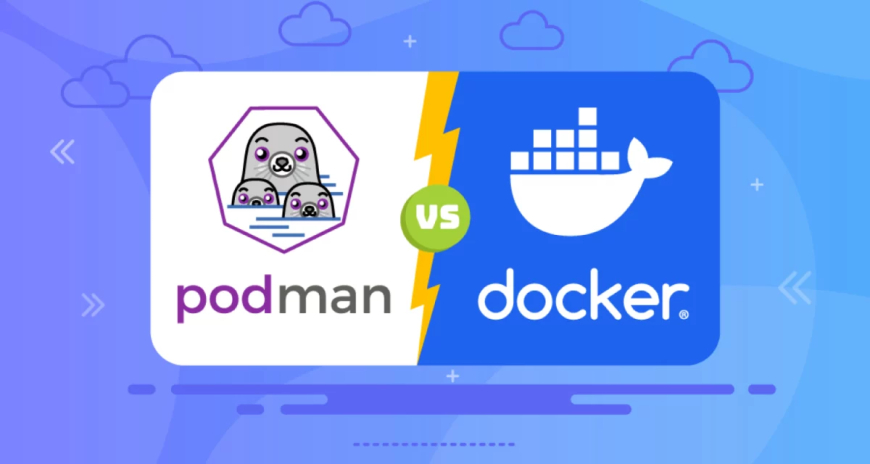
Introduction
Containers have revolutionized the way we build, ship, and run applications. For years, Docker has been the go-to container runtime, powering everything from startups to hyperscale platforms. But in recent years, Podman has emerged as a strong alternative—offering a daemonless, rootless, and Kubernetes-friendly architecture.
In 2025, the choice between Docker and Podman isn’t just about hype—it’s about aligning with your security, scalability, and workflow requirements. Let’s break down the strengths, weaknesses, and real-world use cases of each so you can make the right decision.
1. Architecture Differences
Docker
- Relies on a central daemon (dockerd) to manage containers.
- Requires root privileges by default (though rootless Docker exists now).
- Large ecosystem of tools like Docker Compose, Docker Hub, and Docker Desktop.
Podman
- Daemonless — each container runs as a child process of the user.
- Rootless by default — better security posture, especially for enterprises.
- Uses the same OCI container format as Docker, ensuring compatibility.
- Commands are nearly identical to Docker (podman run ≈ docker run).
Takeaway: Podman is more secure by design, while Docker is simpler for beginners.
2. Security
- Docker: Historically criticized for requiring root privileges, though rootless mode has improved security. Still, misconfigured Docker can lead to privilege escalation.
- Podman: Built with rootless containers from the start. This makes it naturally aligned with security-first organizations and compliance-heavy industries.
Winner: Podman, especially in government, healthcare, and finance sectors where compliance is strict.
3. Kubernetes Integration
- Docker: Kubernetes officially dropped Docker as a container runtime in 2020 (favoring CRI-O and containerd). Docker is still widely used in dev/test environments.
- Podman: Uses CRI-O under the hood, designed to integrate seamlessly with Kubernetes. Podman pods even map directly to Kubernetes pods.
Winner: Podman if your roadmap is Kubernetes-native.
4. Developer Experience
- Docker: Mature tooling, great community support, and a massive ecosystem (Docker Hub images, Docker Compose for orchestration). Still the easiest way for developers to learn containers.
- Podman: Docker-compatible CLI makes transition easy, but some features (like Podman Compose) are less polished compared to Docker Compose.
Winner: Docker for ease of use and ecosystem maturity.
5. Performance
- Both use the same OCI runtime (runc) under the hood, so container performance is nearly identical.
- Podman may have slightly lower overhead due to its daemonless design.
- Docker Desktop (on Windows/Mac) can introduce extra resource overhead.
Winner: Tie (slight edge to Podman in Linux environments).
6. Enterprise Adoption in 2025
- Docker: Still the default for developers, CI/CD pipelines, and teams moving fast. Many enterprises still rely on Docker Hub for base images.
- Podman: Growing rapidly in Red Hat OpenShift, enterprise Kubernetes clusters, and regulated industries. Red Hat’s backing has accelerated adoption.
Trend in 2025: Podman adoption is increasing in enterprises, while Docker remains strong in dev and startup ecosystems.
Real-World Use Cases
- Choose Docker if:
- You want the simplest developer onboarding.
- You rely on Docker Compose for multi-container apps.
- You prioritize ecosystem and community support.
- Choose Podman if:
- You need rootless security out of the box.
- You’re deploying directly into Kubernetes clusters.
- You’re in a compliance-heavy industry where security audits matter.
Conclusion
In 2025, the Docker vs. Podman debate isn’t about which is “better” overall—it’s about which fits your needs.
- Docker remains the king of developer experience, rapid prototyping, and ecosystem support.
- Podman leads in enterprise-grade security, compliance, and Kubernetes-native environments.
The smartest teams use both tools strategically: Docker for development and Podman for secure, production-grade deployments. Whichever you choose, understanding their differences will keep your DevSecOps workflows secure and future-ready.
